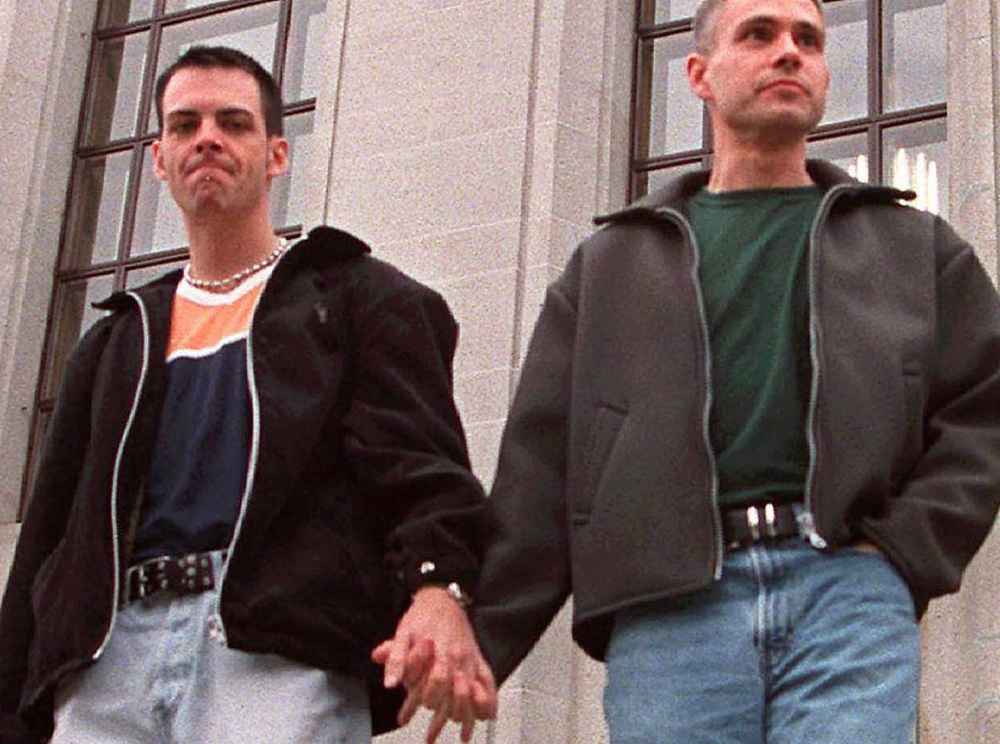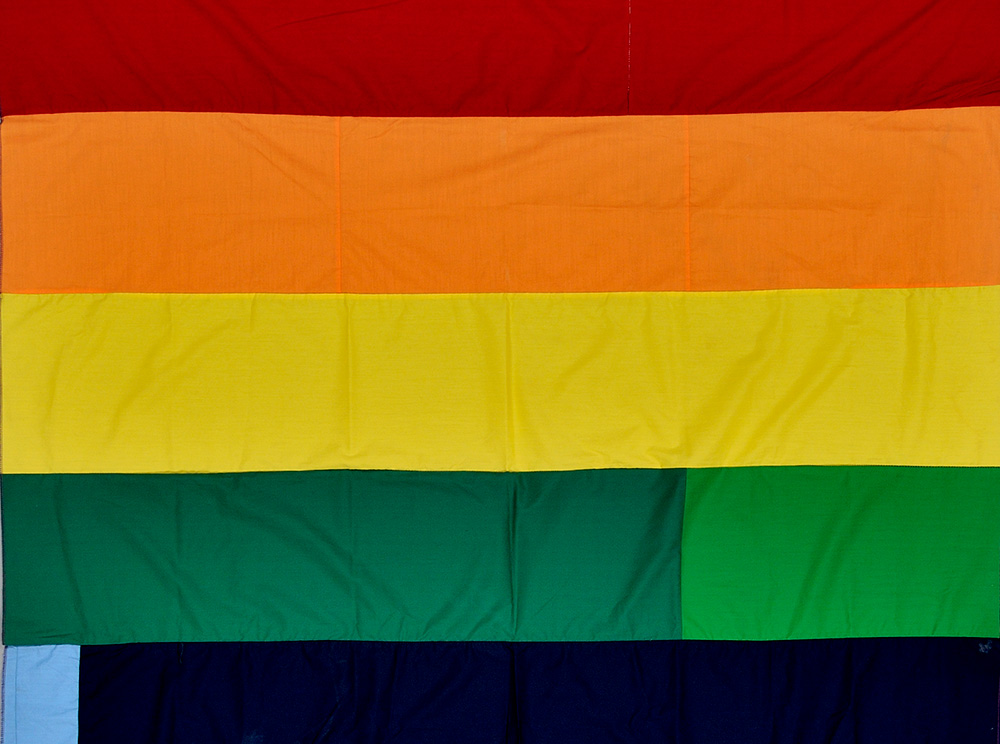
Expanding Equality
The entrenchment of the Canadian Charter of Rights and Freedoms within the Constitution Act of 1982 was an important shift for all human rights in Canada. Under the new Charter, various groups could use the courts to fight for a broader definition of equality, including 2SLGBTQIA+ people in Canada. This process of “reading in” new rights is ongoing. The Vriend case is one example of how the Charter, and its interpretation, have broadened 2SLGBTQIA+ rights in Canada.
Expanding equality for many members of the 2SLGBTQIA+ community is also reflected in key federal measures meant to end historical and ongoing discrimination — including, most notably, the Civil Marriage Act of 2005, which legalized same-sex marriage. Bill C-16, passed in 2016, also amended the Canadian Human Rights Act, adding gender identity and gender expression to the list of prohibited grounds of discrimination.
Although each piece of legislation advances the protection of 2SLGBTQIA+ rights, many gaps in federal legislation remain.
Learn more about some of these landmark cases, pieces of legislation, and the people behind them, by clicking on the objects below.


